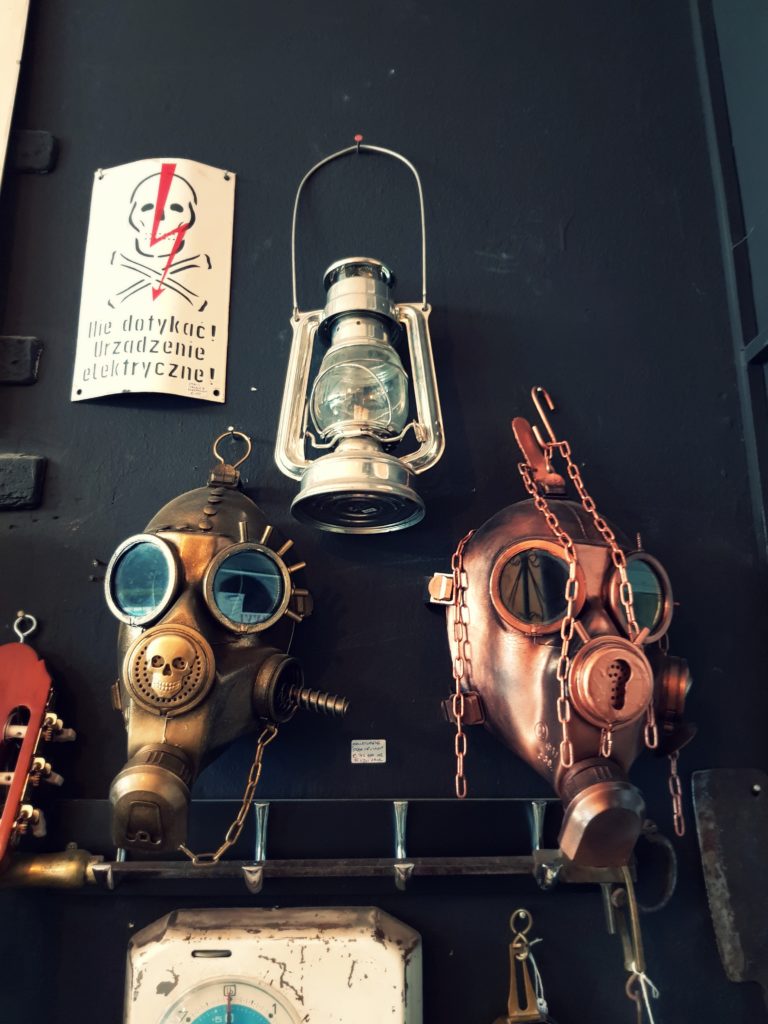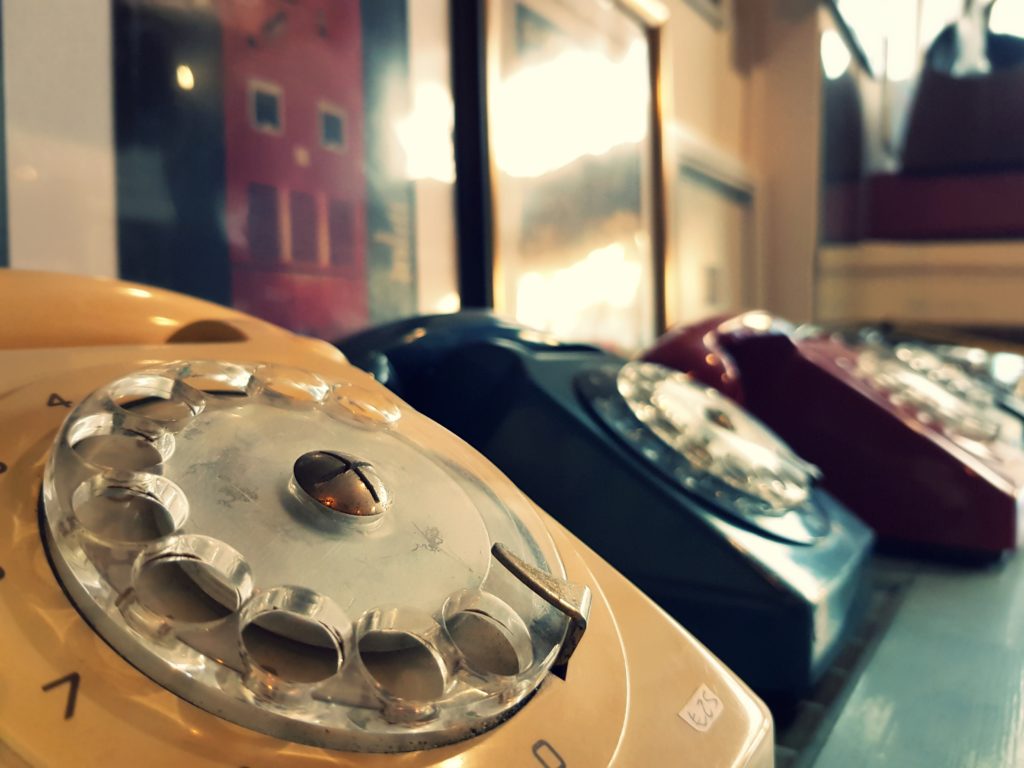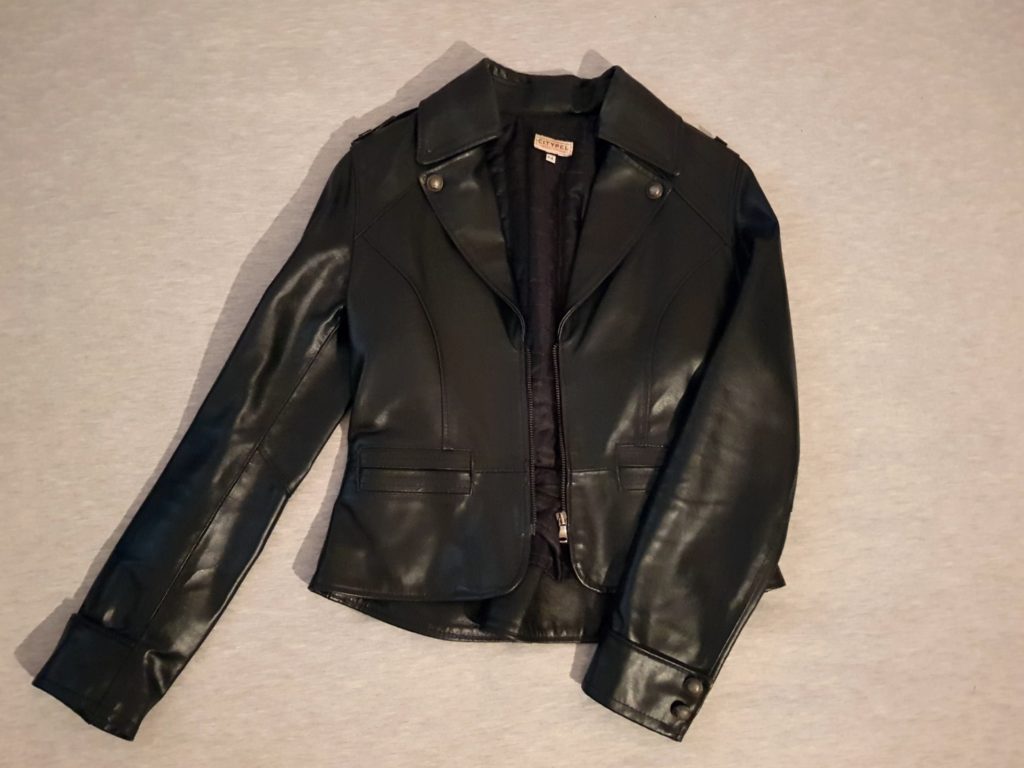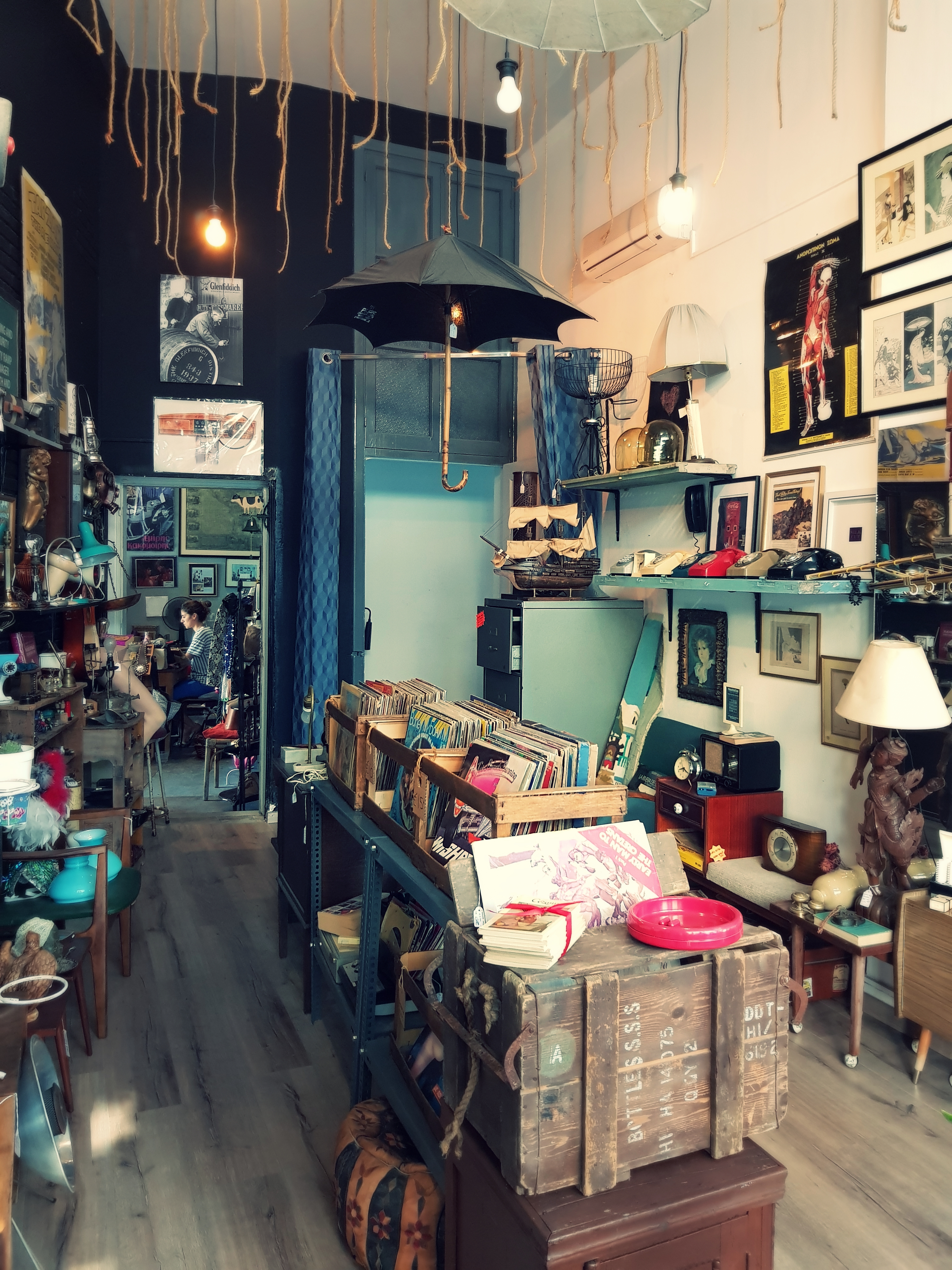Everyone knows that the climate in the UK is damp, dreary and cold most of the year. A typical Brit’s wardrobe consists of woollen jumpers, jeans and long-sleeved shirts, and maybe a forgotten pair of shorts shoved in the back of a drawer. Waterproofs and padded jackets dominate the cloakroom for when the sun is being stingy (almost always). Such is life when the climate of your island is temperate and oceanic.
So what was one of the first glaring realisations I had after finally clicking Pay Now, sealing the deal and guaranteeing me a seat on a flight to Cyprus, one of the hottest countries in Europe? I was woefully underprepared. I took one look at my clothing collection and knew that if I didn’t take action, I would be in dire straits.
Being a rather enthusiastic eco nut, an idea popped into my head – why don’t I look into second-hand clothing shops in Nicosia? During my search I stumbled across this article that detailed a few of the author’s top picks, two of which were in Cyprus’ capital. After failing to locate one of them, I was left with The Collective – a mysterious, archaic emporium residing snugly in Nicosia’s old city selling seemingly anything you could dream of, judging by the pictures. The name having reminded me of Star Trek’s Borg, I was intrigued. On a free day I decided to set off on my bike to the city centre in search of this vintage treasure trove.

Upon walking in, you are instantly hit with an overload to the senses, but not in a bad way. Every single wall is occupied with an object brimming with history, each having a unique story to tell. There are brilliantly coloured garments from eras long gone, and velvety tones of rusted metals, patinated leather and ancient wood grace the eyes. Dazzling Cypriot daylight filters in through the large windows, illuminating everything on offer with a soft glow. An emporium indeed, and quite the pretty one at that. Items that stood out to me in particular: Adorable, senior telephones lined up neatly on a shelf. Exquisite Indian perfumes in shades of rich cabernet in ornate, gold-encrusted bottles. Steampunk-esque gas masks crafted from bronzed metal hung next to a sign that reads: Nie dotykac! Urzadzenie elektryczne! (English: Do not touch! Electric device! Apparently this is Polish. Cheers, Google Translate!)
How can one enter an establishment like this and not talk to the mastermind behind it all? A woman called Natasha can be found working away behind her counter of organised chaos or tottering around the shop, pre-loved garments lovingly in hand. After she politely asked if I needed any help while I curiously browsed her wares, the conversation began.

Natasha is Cypriot, but was born in England. After 2 years there she returned to Cyprus to do the rest of her growing up, and found herself travelling to London in pursuit of higher education. She was incredibly receptive to my questions and gladly agreed when I asked if I could do a more formal interview. ‘I get people asking me to do interviews all the time,’ she added cheerfully. It appears she is quite the popular lady, and for good reason – I can attest to it personally! Read on for our riveting exchange.
Did you source this collection yourself?
What you see here is a mixture of things I sourced and things that I sell for other people. When I opened this shop it was purely my own collection and now we’ve got to the point where on a weekly basis people come in wanting to sell something. I sell on consignment, so I have stock here that belongs to other people and when they sell I take a cut. If it doesn’t sell, I give it back.
Where would you say you’ve sourced the items that are yours from?
I travel a lot, mainly to Europe, so markets and other antique and vintage shops. Charity shops are also great. That was my main go-to when I was living in England because the charity shop scene there is huge. I also get things from rummaging through other people’s houses – I get calls sometimes and I go and buy things after a family member of someone has died and they don’t want their stuff anymore.
How did the idea of The Collective come to be?
Very organically, as with most businesses. I was working for years in London in merchandising but I was also collecting on the side. I always had a passion for it! Then, for personal reasons, I had to come back to Cyprus right in the middle of our crisis, which was the worst time possible. I did get a very good job but Cyprus is very small and still a little bit backwards in terms of business. I found it frustrating and I thought: ‘What’s my passion? What can I do that’s related to vintage? Let’s open a shop!’
We’ve been around for four to five years and there isn’t another shop like ours, which has a bit of everything for everyone. Children and grown men and women can come in here and find something for themselves. Our aim was to fill this niche, but I always say in every interview that spreading awareness about the environment is my number one reason for opening the shop. Unfortunately, in Cyprus, people are not environmentally aware. People love new things. The minute something has a hole in it, they’ll throw it away. So, our main aim is to show people that there is life still in all discarded things.
What is your average customer like?
That’s a tough one because, like I said before, we cater to everyone. Also, due to the changing nature of what we sell and the fact that there’s only one of every item, the people coming change from season to season. I would definitely say that our customers vary depending on the product type. So, we get your middle-aged serious collector who’s looking for coins and we also get your sixteen-year-old girl who just wants a funky vintage dress.
Do you have any opinions on the lesser environmental impact of buying second-hand?
I have lots of opinions! I actually did my dissertation on charity shops and about this topic. I’m very passionate about it. I think in this day and age there’s way too much stuff, and things are spinning out of control. It’s super easy nowadays to be tempted to buy products because of social media – people are buying into a lifestyle and the status that comes with owning these things.
Also, fast fashion is more responsible for the negative impact on the environment than cars! Fashion influences everything. It touches every facet of human life, which is why it’s so critical to talk about it and while I am all for the climate movement, I do think that tackling our fast fashion craze is actually more important. In London, I worked in retail. The reason why I have the ideas and the ways of thinking that I do is because I was in the middle of everything. I saw exactly what what was going on in the fashion industry – I was a part of it.
Because of the time that we live in, there are certain subjects in school that should probably be scratched and replaced with subjects like corporate social responsibility. These are things aren’t being talked about in the education system and it’s very important that we do.
What’s the most interesting item you’ve ever sold? Do you have a favourite?
The things that excite me the most are the ones that have a history or a story behind them. Especially if they’re rare! So, here’s an example: Recently this guy came in with a whole bunch of stuff that used to belong to his mum. It turns out that his mum was quite a well-known socialite in Cyprus. He brought in five or six outfits of hers, one of which was a skirt and suit by Christian Dior from the 60s. I have never seen anything like this before! It was something that you’d probably see in a museum, especially considering it was from an iconic fashion house like Dior. The minute he brought these items in I just visualised his mum wearing these cocktail dresses out and about on the town, you know what I mean? And that’s one of the reasons why vintage items are so exciting. The number one question I always get from people is: ‘What’s the story behind this? What’s the history? Where did it come from? Who did it belong to?’ You’re not only buying the item – you’re adopting its history, too.
Speaking of adopting an item and its history, something caught my eye while I was browsing the discounted items section in the shop’s back room. These items having clearly been passed over by the eyes of the public, I wasn’t expecting to find the thing I’ve been searching for for a long, long time – a beautiful leather jacket in spectacular condition made in Italy using vera pelle, leather certified to be of the highest quality and authenticity. According to Natasha, the jacket is from the 90s, and you can see this age in its design. The design is old-school and deliciously old-school, but can still be trendy today due to its resemblance to modern designs. This kind of character is unmatched – buying new simply doesn’t compare. And you know what the best part is? It was only 50 euros!

So, I actively encourage all of you who are reading this to find your own bazaar of old peculiarities. The benefits are clear – you save money, you save the planet and you get to rehome items with a fascinating life already lived. What’s not to love?
“There is life still in all discarded things.” – Natasha



